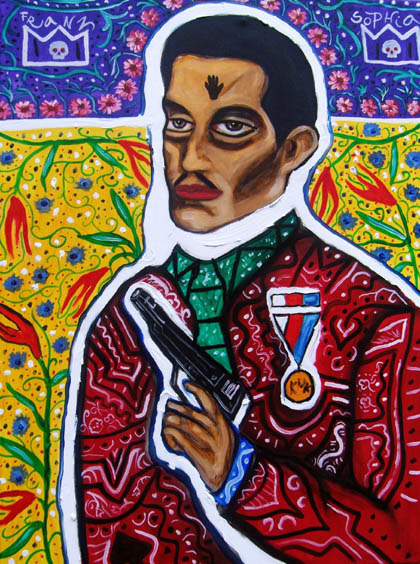
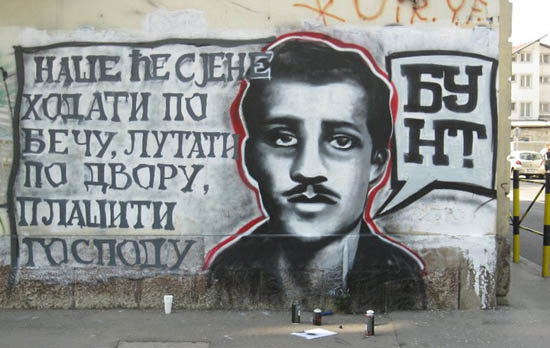
We do not want to present all this once more, only one aspect which did not appear in the commemorations: how “the other side”, the Russian press saw and represented the assassination.
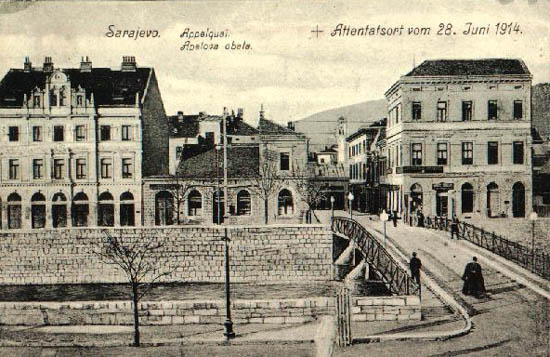
Before you continue reading, think a minute, how you would expect the press of the enemy to present the assassination of a hostile heir to the throne by the assassins of a friendly country. With malice? That’s what he deserved, why did he go to Bosnia, whose annexation in 1908 – completely illegal in a Russian perspective – finally destroyed the Austro-Russian relations? In the voice of the final justice? With relief?
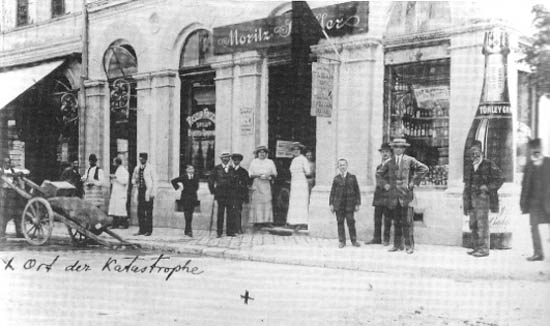
My childhood readings included my grandfather’s voluminous series, The Great War in writing and image, an impressive visual chronicle of the First World War, seen with Austro-Hungarian eyes. I just wondered why those volumes were published as early as in 1916. Why could they not wait two more years and give a more complete picture about the events? I did not yet know about the power of the thirst for information of the hinterland, neither that of the great publishing companies with important state support to quench it.

I saw with a great surprise that Russia overtook us in this enterprise. They already in 1915 published a six-volume album with an almost identical title: The Great War in drawings and pictures. After an outline of the international and domestic situation, the first volume begins with the attempt, dedicating four pages to it with the telling title The murder of Sarajevo.

The text of the first page summarizes the story which has been written many times since then. Two attempts were done against the Archduke visiting Sarajevo. First on the way to the town hall, the printer Nedeljko Čabrinović (in the Russian text Kabrinovich) throws a grenade on his car, but only two members of his train and a couple of bystanders get wounded. The Archduke arrives at the town hall, and then he continues his trip in the capital of Bosnia. At the corner of Franz Joseph Street the car loses its way (in the reality Governor Potiorek stops it, because it was following the original route instead of the one designated for security reasons after the first attempt), and at that moment Gavrilo Princip, an eighth-class student makes two deadly shots against the Archduke and his wife.
The text then gives a quick biography on Archduke Franz Ferdinand, who until 1901 stayed off any political activity, but then he started to follow an aggressive policy and discussed all questions with Emperor William of Germany, to whom he was also linked by personal friendship. Besides, he excelled in hostility towards Russia, in which he saw the main enemy of the Monarchy.
I do not think we expected such a restrained account from a Russian popular publication. The text presents the events objectively, it does not heroize the assassination, does not demonize in excess the Archduke, and regrets over the incomprehensible fact that anybody can consider Russia as an enemy. The probable explanation of such a reserved tone is that a ruler’s murder is considered an absolute sin in a monarchy, even when it is done to a ruler of the enemy. Afer all, if we approve what happened there, in principle we allow it to happen here, too. And in Russia such a thing should never take place, never.
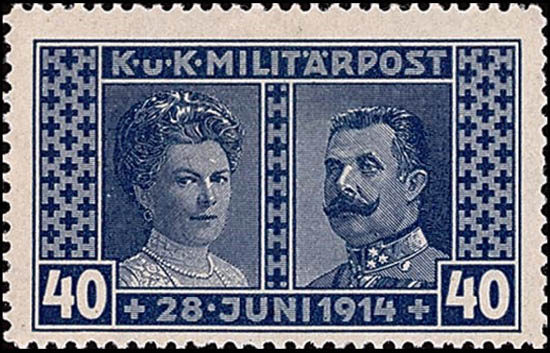
The same conclusion is suggested by the three illustrations accompanying the text. Franz Ferdinand and his wife leave the theater to drive to the town hall; Gavrilo Princip is dragged to the police; the Archduke and his family in a majestic tranquillity. All three are iconic photos in the era, and in fact, what other source could have a Russian publication relied on? Nevertheless they undergo a peculiar change of meaning only by virtue of being included in a publication of the other belligerent, where we would expect a less majestic image of the enemy’s ruling dynasty and a less condemnatory one of their assassin.

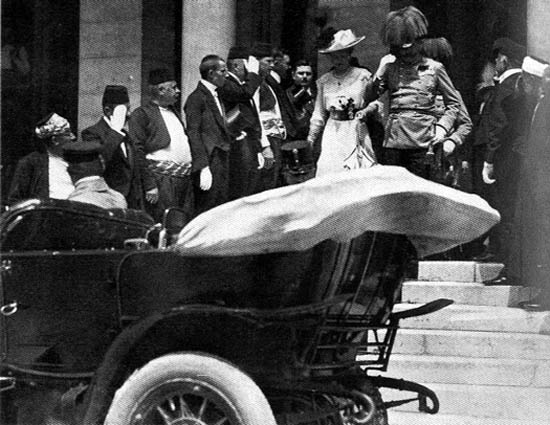
(At the sight of the many versions of the iconic photos in various publications, all cut in different ways, one wonders how the full original photos looked like.)
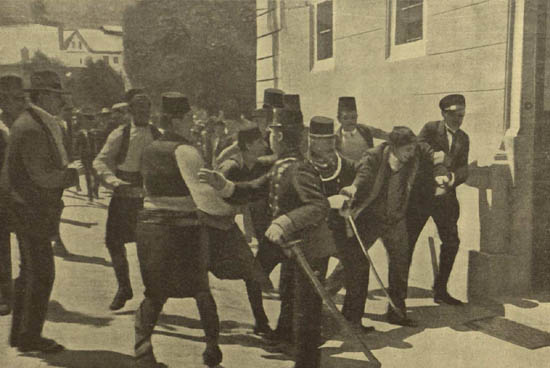
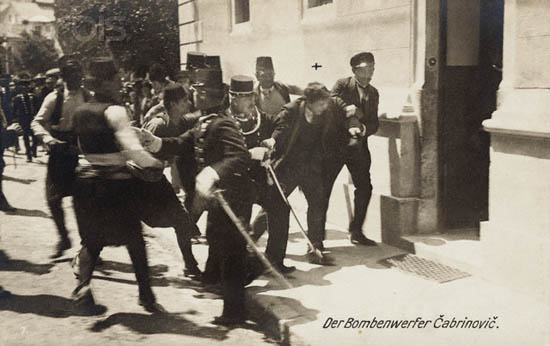
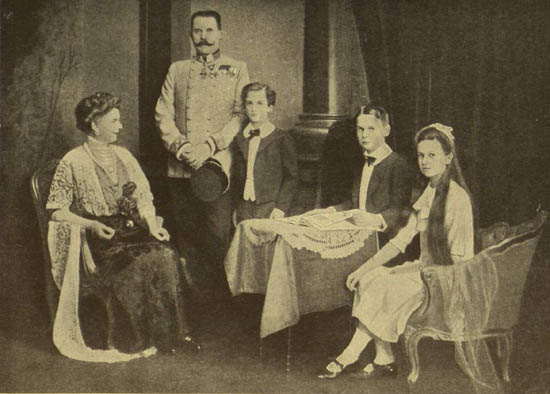
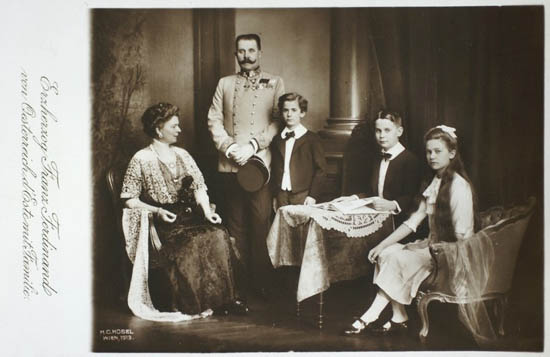
This general message in favor of all monarchies, however, is amply compensated by the subsequent two and a half pages. In these we see the Serbian ruler, Prime Minister and Commander in Chief, Serbian and Bosnian landscapes, the sites of the Serbian military successes, the Serbian infantrymen worthy of compassion. The reserved report comes to an end; happened what happened, these are our good friends. The classical European logic and rhetoric would hardly bear so sharply opposing claims in a row. But the visual propaganda targets exactly what still lies untouche below the layer of two thousand years of civilization.
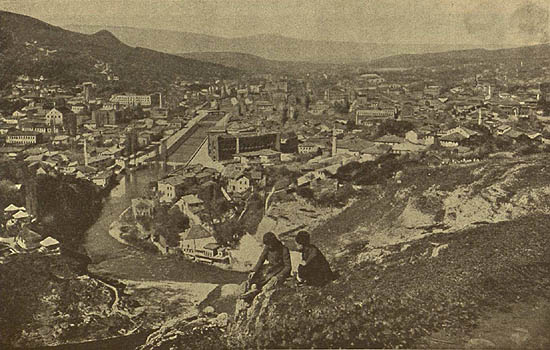
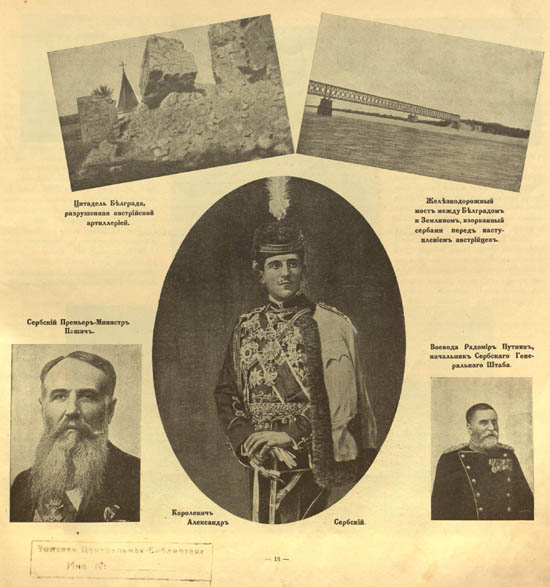
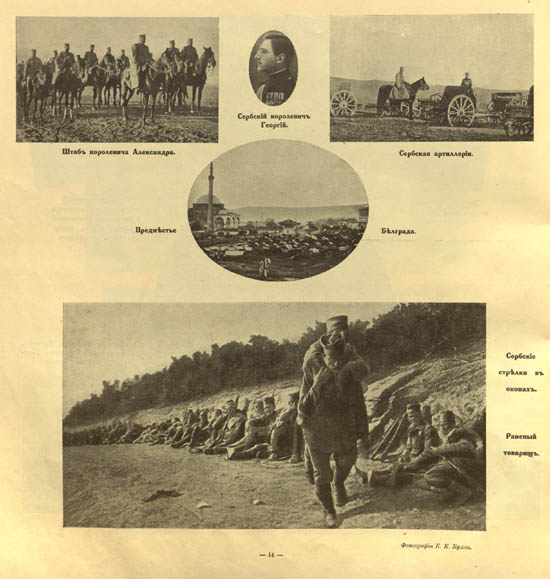
Update:
A few hours after the publication of this post, Catherine sent us the three pages on the assassination of Sarajevo from the French counterpart of The Great War…, the first volume of L’album de la guerre, published by L’Illustration from 1914 until 1921. The similarities and the differences are both remarkable. Three of the Russian edition’s four illustrations – leaving the theater, dragging Princip to the police station, the view of Sarajevo – are also included here, which demonstrates the iconic nature of these photos. However, the text does not condemn the attempt, but rather – to found the image of the enemy – the stupidity and inertia of Governor Potiorek, which allowed it, and the subsequent demonstrations, during which the Croatian inhabitants of the city looted Serbian shops and homes.
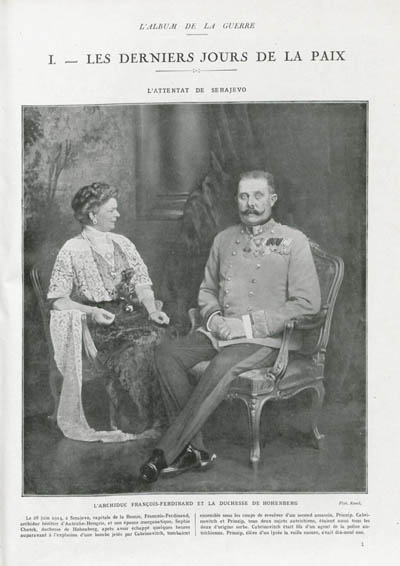
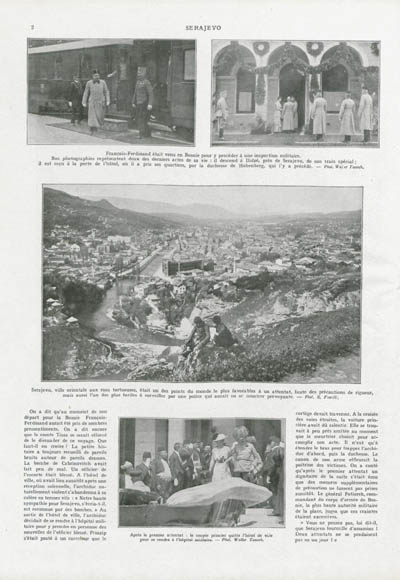
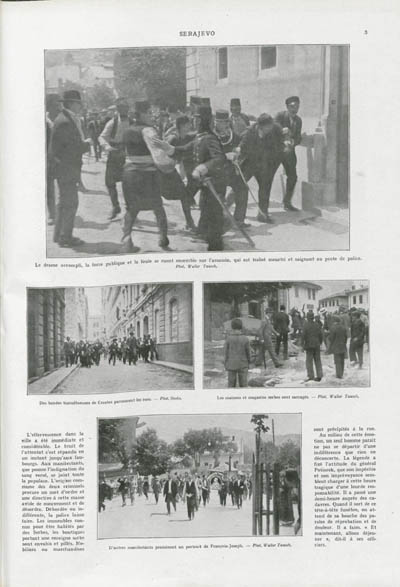

























































No hay comentarios:
Publicar un comentario